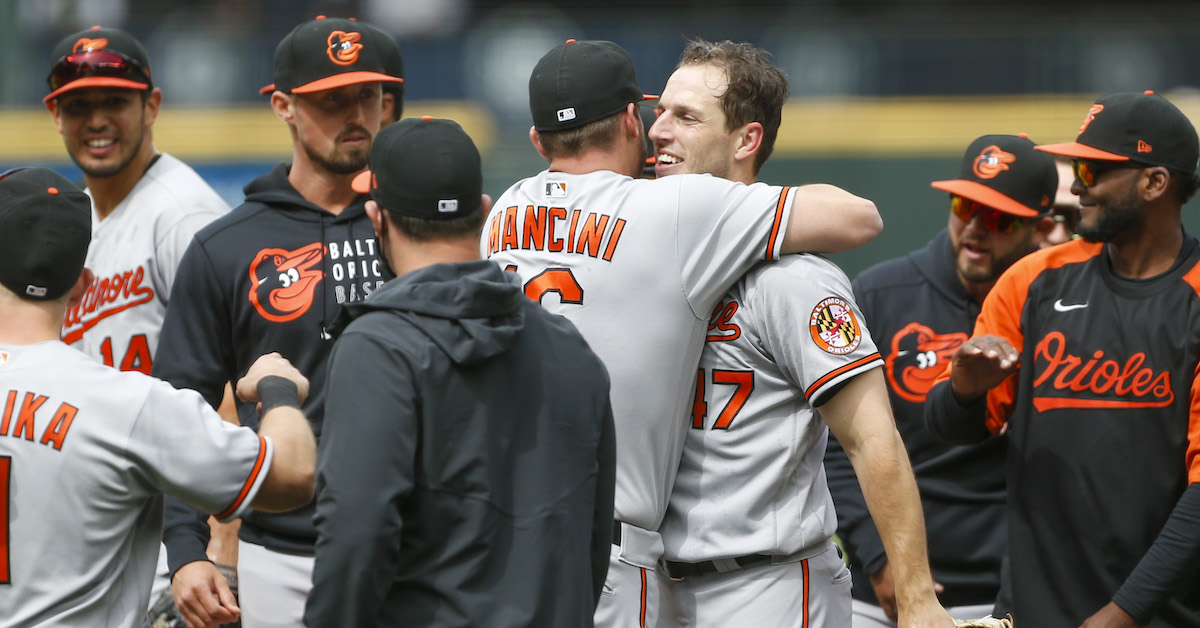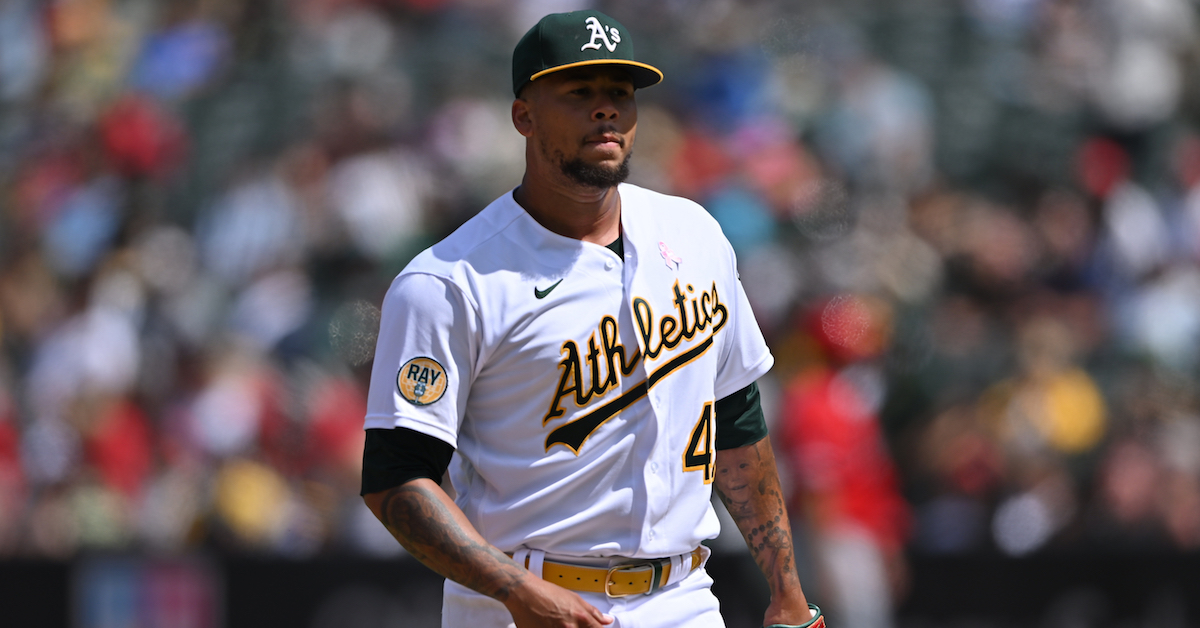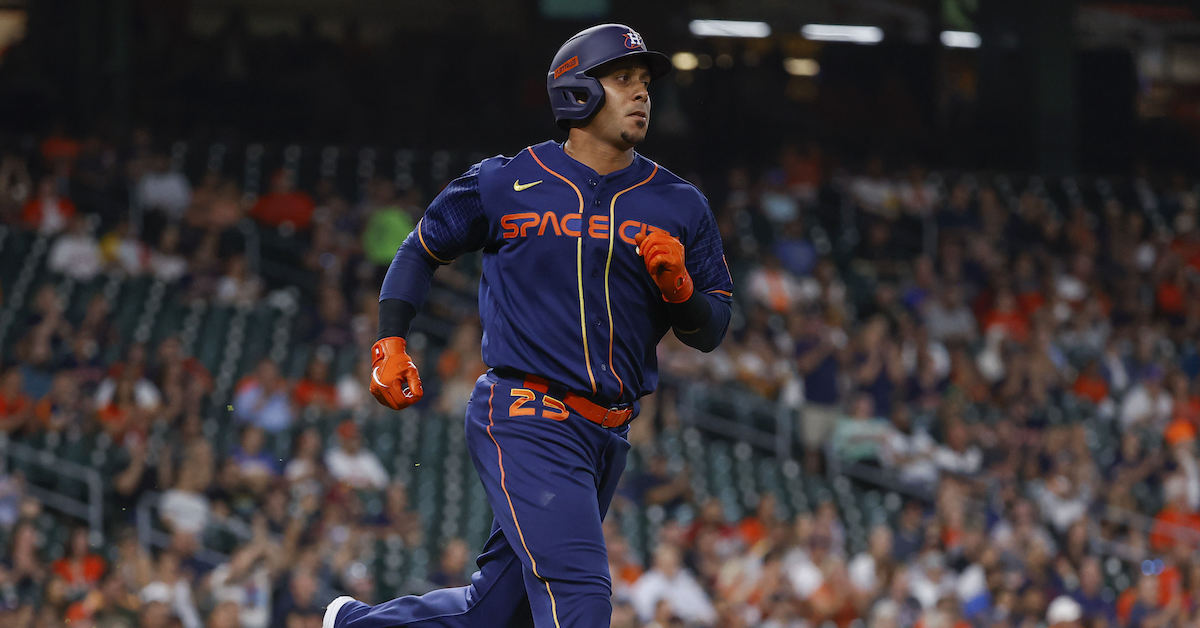FanGraphs Audio: Chaim Bloom Chats Secret Sauce, Jim Callis Talks Combine
Episode 980
This episode, we sit down with the head honcho of the Red Sox before an old friend comes by to talk about the state of the amateur draft landscape.
- At the top of the show, David Laurila welcomes Chaim Bloom, chief baseball officer for the Boston Red Sox. Bloom shares his journey from a Latin Classics degree at Yale to contributing at Baseball Prospectus to an internship with the Rays in 2005 to eventually being in charge of a major league front office. The duo also talk about the past and future of knuckleballers in the game, the significance of starting pitchers going the distance, the Andrew Benintendi trade, Jackie Bradley Jr. moving off of center field, and how the club has improved at developing pitchers. [3:45]
- In the second half, Eric Longenhagen is joined by Jim Callis of MLB Pipeline. The pair were both just at the MLB Draft Combine in San Diego and discuss the event they have dubbed the Winter Meetings of the draft. They also talk about the College World Series, the ironically named Kumar Rocker rule, how new technology and data is continuing to influence amateur scouting, and how their mock drafts are going so far. Finally, Jim shares an anecdote about the Kyler Murray pick. [32:30]
To purchase a FanGraphs membership for yourself or as a gift, click here.
To donate to FanGraphs and help us keep things running, click here.
Don’t hesitate to direct pod-related correspondence to @dhhiggins on Twitter.
You can subscribe to the podcast via iTunes or other feeder things.
Audio after the jump. (Approximate 85 minute play time.)
Podcast: Play in new window | Download
Subscribe: RSS






